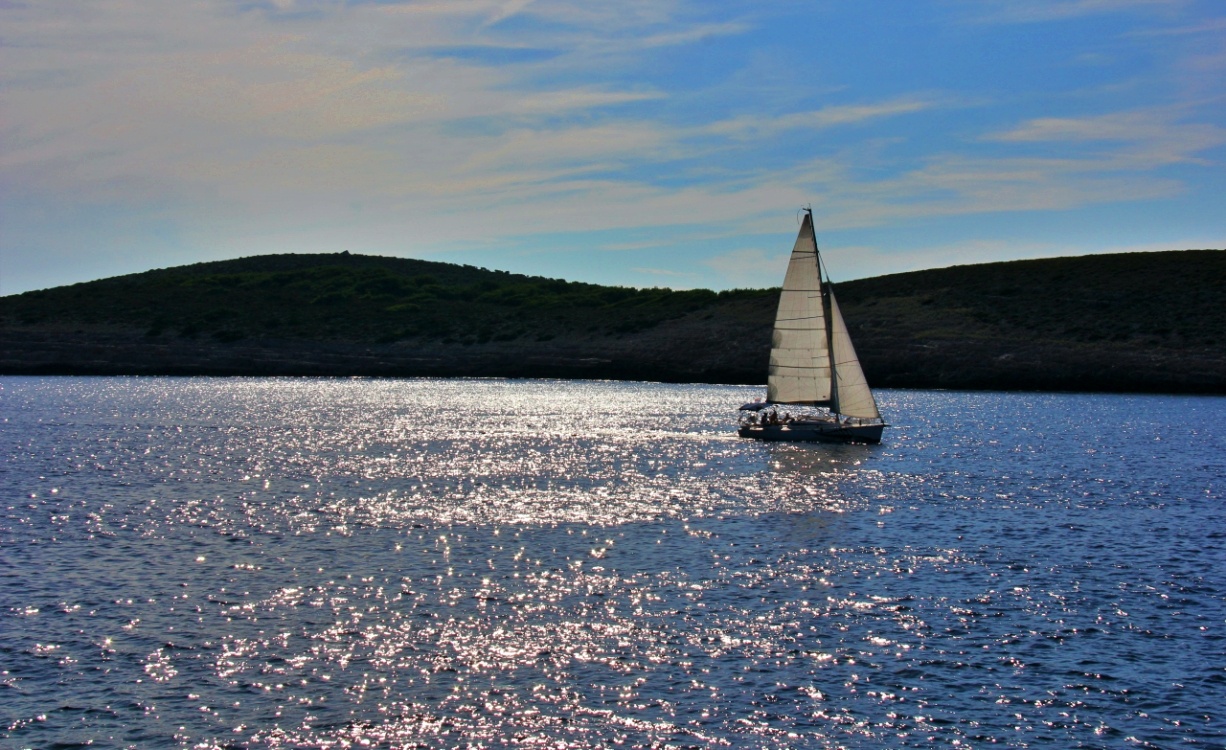KORČULA
Places
We will start this journey with a few numbers. Korčula is the second most populated island in Croatia, and it is sixth in size. Our journey begins on the east coast of this beautiful island in the town of Korčula. Timeless beauty, boundless exploring opportunities, and breathtaking architecture are the key embellishments of this island.
STREETS OF KORČULA
The layout of the town of Korčula is unique. The streets are designed in a herringbone pattern to protect the city from strong winds with, at the same time, allowing air circulation. Korčula abounds in historical sites, including the central Gothic and Renaissance Cathedral of Saint Mark, the town hall, and the massive city fortification. How history is alive at Korčula is best seen in the Moreška sword dance. The dance is performed only by males native to Korčula.
You will undoubtedly encounter a fascinating spot when walking around the town. Although never proven, Korčula is believed to be the birthplace of the famous explorer of the 13th century, Marco Polo. You can visit the house, which is also a museum and contains artifacts telling stories of this world-renown sailor.
Korčula consists of over 20 islands, all indented with coves and bays, surrounded by pinewood.
Although separated from Pelješac by the Pelješac canal, which is only 1270 m wide at its narrowest point, Korčula has made its name in the wine world with white varieties.
PORTS & CONNECTIONS
Korčula is connected with land quite well, and you can reach it easily from Pelješac, Mljet, or Lastovo.
If your first stop of Korčula is the Korčula town, you must pass Badija. A beautiful tiny islet of approximately one km², dominated by a 15-century monastery.
East of Korčula town, you will find Lumbarda. It is a very interesting part of the island as its landscape changes gradually from the shoreline of coves and bays to rocky hills surrounded by vineyards. The vineyards people are most proud of as they were, for centuries, their primary source of income along with fishing, naturally.
Following the outer line of the island, facing the open sea, we come to Brna. The bay is home to a harbour and a village, which all carry the same name. Divided by the small peninsula of Mali Zglav, Brna once served as the exporting wine port, but today is one of the best places for enjoying seafood.
VELA LUKA
With a song on our mind, we approach our last spot of Korčula, Vela Luka. As the song goes, you must never forget Vela Luka or the memories you make there. The largest town of the island was built in a deep protected inlet. Although the town developed in the 19-century, life can be traced back to prehistoric times. Vela Spila is located on the south slope of the Pinski cape, and it represents one of the most important prehistoric archaeological sites in Europe.
So until we meet next time at Šćerdo, keep Vela Luka and Korčula on your mind.
Published: March 11, 2022



